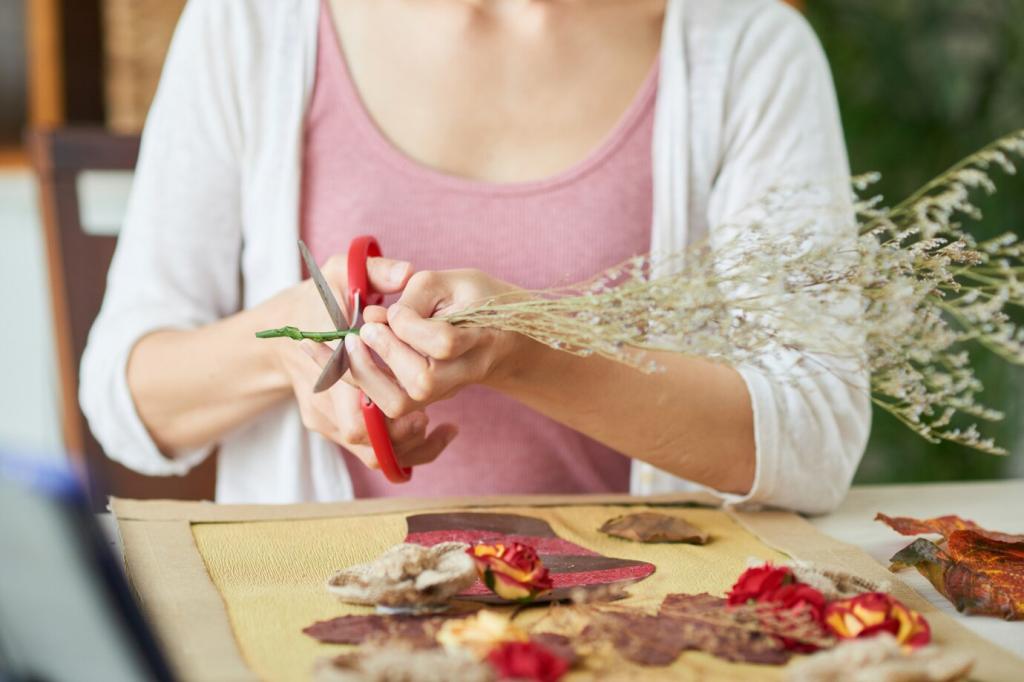Homemade Essential Oil Bug Repellents
Discover how to protect yourself and your family from pesky insects using natural, homemade essential oil bug repellents. In this guide, you’ll learn not only why essential oils are a great alternative to chemical sprays, but also how to craft your own effective formulas, understand their safety, and find practical tips for making the most out of your natural repellents. Explore safe, eco-friendly, and pleasant-smelling solutions to keep bugs at bay while enjoying the outdoors.
The Benefits of Using Essential Oils for Bug Repellents
Natural and Non-Toxic Protection
Essential oil-based bug repellents stand out for their natural, non-toxic composition. Unlike conventional products loaded with chemicals like DEET, these homemade solutions rely on plant extracts to ward off bugs. You can apply them with confidence around children and pets, knowing they’re free from harsh additives that may cause irritation or allergic reactions. Their gentle properties make them suitable for sensitive skin and frequent applications. As more people seek cleaner living alternatives, essential oil repellents present the perfect blend of safety, peace of mind, and practicality, especially in homes that prioritize wellness.
Pleasant Aromas That Enhance the Experience
One unique benefit of essential oil bug repellents is their delightful scents. Instead of the harsh, medicinal odors commonly associated with chemical sprays, you get refreshing fragrances from lavender, peppermint, eucalyptus, and citronella oils. These aromas not only mask human scents that attract insects but also provide an added layer of enjoyment to your bug protection. Using an essential oil repellent makes applying it a sensory treat, turning a mundane chore into a pleasant ritual. Whether you’re hosting a garden party or hiking, these natural fragrances uplift your spirits while maintaining effective protection from unwanted pests.
Eco-Friendly and Sustainable Choice
Crafting your own essential oil bug repellents promotes environmentally friendly habits. Essential oils are derived from renewable plant sources, making them a sustainable alternative to synthetic chemical sprays. By using biodegradable ingredients and reusable containers, you contribute to reducing plastic waste and harmful runoff that can damage fragile ecosystems. Choosing homemade options empowers you to control the sourcing and quality of your ingredients, ensuring a cleaner footprint while keeping your family safe. Supporting greener alternatives not only benefits your household but also the broader environment, offering long-term protection for nature and future generations.
Crafting Effective Homemade Bug Repellents
Selecting the Right Essential Oils
Choosing the correct essential oils is key to making bug repellents that work. Not all oils repel pests equally; some like citronella, eucalyptus, and tea tree are renowned for keeping mosquitoes and other insects at bay. Researching each oil’s effects helps you pick oils suited to your local bug species and your skin type. For optimal results, blend complementary oils to enhance potency and broaden protection. Always source oils from reputable suppliers to guarantee purity and potency, as diluted or synthetic versions may offer little defense. With thoughtful selection, your homemade sprays can match or even surpass commercial formulas in effectiveness.
Choosing Safe and Effective Carriers
Beyond the essential oils themselves, the carrier you choose greatly affects the safety and efficiency of your repellent. Common carriers include witch hazel, fractionated coconut oil, or distilled water, which help dilute potent oils so they’re safe for skin application. The right carrier also influences how long your repellent lasts and how it feels on your skin. For sprays, witch hazel or water-based blends are popular for their lightness, while oil carriers can provide lasting moisturizing benefits. Testing different carriers allows you to customize the consistency and absorption, ensuring your blend is comfortable and suits your needs while still delivering robust bug protection.
Easy Methods for Blending and Application
Making your own bug repellent doesn’t require special skills or equipment; with some basic kitchen tools and clean containers, anyone can craft these solutions. Carefully measure your oils and mix thoroughly to ensure even distribution. Store your blends in dark, glass containers to preserve potency and prevent degradation from light. Sprays and roll-ons are popular formats, each offering convenient applications for different environments. By refining your method and routine, you ensure your repellent is always fresh, effective, and easy to apply, making homemade protection a simple addition to your daily outdoor activities.

Sensitivity and Patch Testing
Before widespread use, it’s wise to patch test your homemade repellent on a small section of your skin. Essential oils are potent, and some people may experience irritation or allergic reactions even when properly diluted. Apply a small amount behind your ear or inside your elbow, then wait for at least 24 hours. If any redness, itching, or discomfort occurs, try adjusting your formula with different oils or a higher dilution. Sensitivity can also vary by age, so extra caution is advised for children or those with sensitive skin. This simple step ensures your bug repellent is gentle enough for everyday use.
Proper Storage and Shelf Life
Essential oil blends are sensitive to heat, light, and air exposure. Store your homemade repellents in airtight, amber or cobalt glass bottles to maintain their effectiveness. Keep them in a cool, dark location, away from direct sunlight or high temperatures. Most blends stay fresh for several weeks, but check for any changes in scent or color as a sign they need replacing. Proper storage not only preserves the potency of the oils but also prevents the growth of bacteria or mold, safeguarding your health every time you use your natural remedy.
Safe Application Practices
Applying bug repellent properly is crucial for both safety and effectiveness. Avoid spraying or rubbing oils near your eyes, mouth, or open wounds. Reapply after swimming, sweating, or prolonged sun exposure, as natural repellents can wear off faster than synthetic ones. When using on children or pets, remember to use only kid- or pet-friendly oils and maintain lower concentrations. Wash your hands after application to avoid accidental contact with sensitive areas. Responsible use ensures your homemade repellent works as intended while keeping everyone safe during outdoor adventures.
